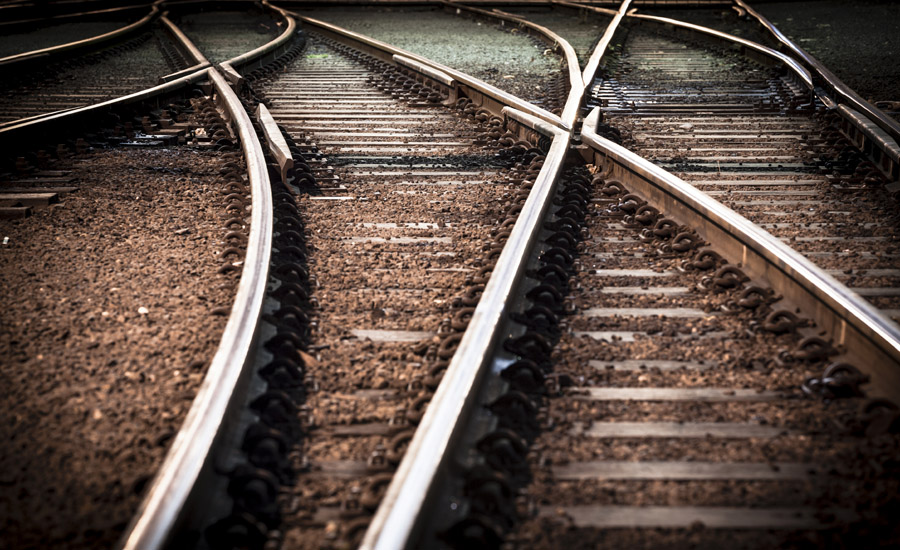Cause of two train crashes identical – and preventable

Two train crashes within 13 weeks of each other – one in New Jersey and the other in New York – had the same root causes, says the National Transportation Safety Board (NTSB): the undiagnosed sleep apnea of the trains’ engineers. Sleep apnea is a potentially serious sleep disorder in which breathing repeatedly stops and starts. It can result in a sufferer feeling tired even after a full night's sleep.
In both accidents, the engineers failed to stop their trains before reaching the end of a terminating track at a station. The September 29, 2016, accident on the New Jersey Transit commuter railroad at Hoboken, New Jersey, killed one person, injured 110, and resulted in major damage to the passenger station. The January 4, 2017, accident on the Long Island Rail Road (a subsidiary of Metropolitan Transportation Authority) at the Atlantic Terminal in Brooklyn, New York, injured 108 people.
The NTSB said as its investigations into the crashes progressed, “it became apparent that these accidents had almost identical probable causes and safety issues.”
Far from being unique, this safety issue exists throughout the U.S. at many intercity passenger and commuter passenger train terminals, putting numerous passengers and crew members at risk.
A special report released today addresses the following safety issues:
- Improving measures to ensure that engineers are fit for duty. The NTSB has found untreated obstructive sleep apnea to be a causal factor in many highway and railroad accidents.
- Installing positive train control at terminal tracks. All passenger railroads that operate terminals with terminating tracks, including New Jersey Transit and Long Island Rail Road, have asked to be excluded from installing positive train control and the Federal Railroad Administration (FRA) has granted all the requests.
- Developing and implementing safety management systems. In these accidents, the NTSB did not find evidence of either New Jersey Transit or Long Island Rail Road having a formal hazard analysis for trains operating into a terminal track, despite earlier accidents on both railroads where trains had struck the bumping post at the end of the track. Although the accidents were significantly less severe than the accidents discussed here, they established that the hazard existed and that another accident could occur.
The NTSB is issuing two new safety recommendations to the FRA and two new safety recommendations to New Jersey Transit and the Metropolitan Transportation Authority. In addition, the NTSB is reiterating two safety recommendations to the FRA.
Looking for a reprint of this article?
From high-res PDFs to custom plaques, order your copy today!






